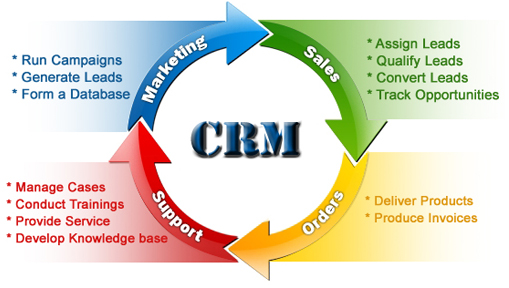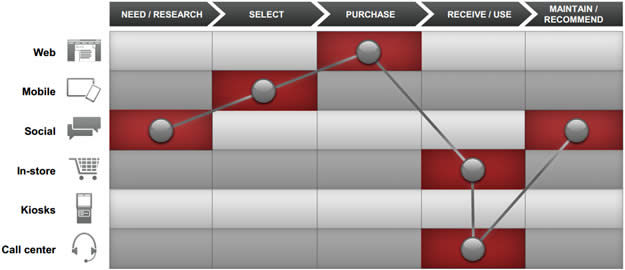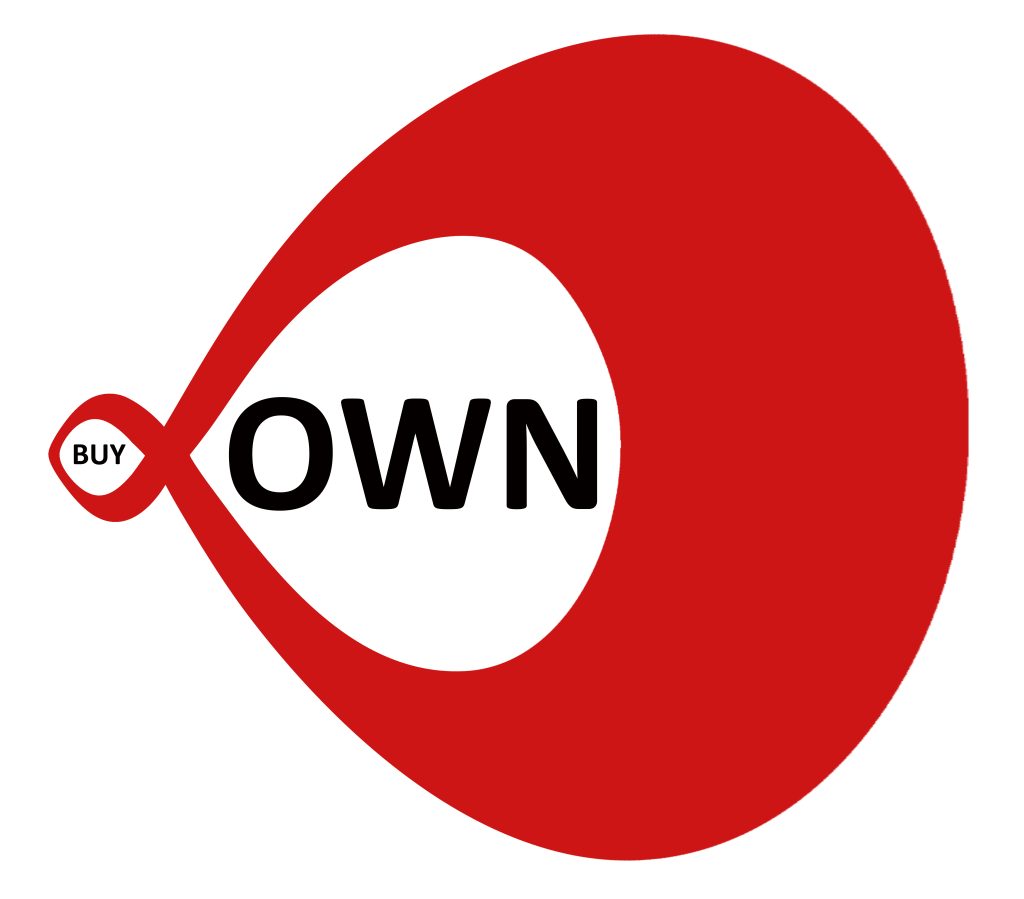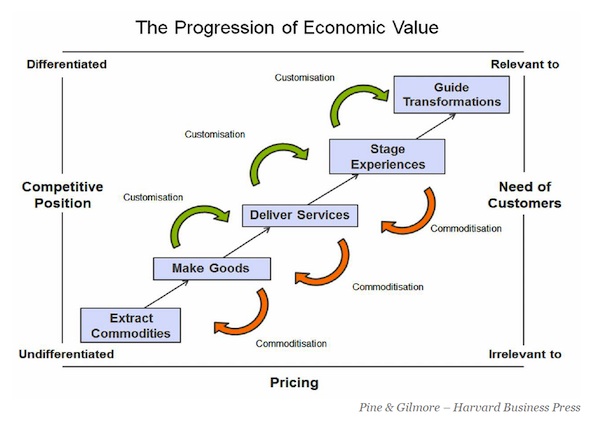In The Mobile Customer as Data vs. Customer Data, Chuck Martin in MediaPost‘s Mobile Shop Talk says this:
The world of data tracking for mobile commerce is getting much more precise.
The phone knows where the phone goes, as we all know. And that knowledge can be used to help provide better services to those carrying them.
Any driver using Google Navigation, for example, gets the benefit of other phones being tracked to identify bottlenecks on roads ahead. The next step was for Navigation to automatically re-route your trip to avoid the traffic jam, so the benefit became seamless.
The tracking of phones at retail also is being used in efforts to provide a better shopping experience.
In these cases, the value comes from the data about the phone being tracked, not information about the person.
This is about the use of customers as data rather than data about the customer.
This data about phone movements already is being used at hundreds of stores ranging from small mom-and-pop shops to national chains and shopping centers.
He goes on to talk about Euclid, “a three-year-old California company that likens what it does to Google analytics but for the physical world.” And he explains what they do:
Rather than tracking phones by apps, sign-ins, GPS or cell tower, Euclid installs sensors at stores to capture MAC addresses, which are part of every smartphone.
The company doesn’t capture any information about the person, just the identification of smartphones that are on with Wi-Fi enabled.
The idea is to map shopper traffic and analyze how stores can become more effective. The large volume of aggregated data of phone traffic patterns is what provides the value.
Here is what I put in the comments below (with paragraph breaks and links added):
I am a customer. I am not data. I do not wish to yield personal data, even if anonymized, to anybody other than those with whom I have a fully consenting, non-coercive and respectful relationship.
I do not wish to receive offers as a matter of course, even if machines following me guess those offers might might be relevant — especially since what I am doing most of the time is not shopping.
I also don’t wish to have a “better experience” with advertising inundation, especially if the “experience” is “delivered” to me rather than something I have for myself.
Familiar with Trader Joes? People love them. Know why? They do none of this tracking jive. They just talk, as human beings, to customers. There’s no way to automate that, and they save the overhead of marketing automation as well.
Now think of the “mobile experience” we call driving a car, or riding a bike. Our phones need to be the same: fully ours. Not tracking devices.
I know mine is a voice in the wilderness here, but I’m not alone. It’s not for no reason that the most popular browser add-ons are ad and tracking blockers. That’s the market talking. Marketers need to listen.
In a commencement speech this past May, former presidential speechwriter @JonLovett says this (around 14:30): I believe we may have reached peak bullshit.
He continues: I believe those who push back against the noise and the nonsense, those who refuse to accept the untruths of politics and commerce and entertainment and government, will be rewarded. And that we are at the beginning of something important. He also pushes back on what he calls “a process that is inauthentic.” (Here’s a transcript.)
Here’s what’s real: For whatever reasons, we blew it by not building browsers to be cars and bikes in the first place. Same with smartphones and tablets. We gave wonderful powers to users, but greater powers to companies that would rather track us than respect us, who would rather “deliver”us the “experience” they want us to have than equip us to operate as fully human beings in the world — beings with independence and agency, able to engage in our own ways, and on our own terms.
So, what we’ve got now, nice as it is in many ways, is a feudal system. Not real freedom.
It’s a feudal system run by advertising money, and it is worse than broken: it looks to its masters like it isn’t working well enough. Those masters include lots of good people trying to do the Right Things. But they aren’t listening, because they are too busy talking to each other. The whole marketing ecosystem is an echo chamber now. And we, the users and customers of the world, are not in it, except as magnets for tracking beacons and MAC addresses sold to marketing mills.
There is now a line in the sand. On one side is industrial control of human beings, and systems that “allow” degrees of freedom. On the other side is freedom itself. On that side also lies the truly free marketplace.
Here’s a bet. A lot more money will be made equipping individual human beings with means for enjoying full agency than there is today in “delivering” better sales “experiences” to them through browsers and phones that aren’t really theirs at all.
And here’s betting we’ll get better social effects too: ones that arise from freedom of association in an open world, rather than inside giant mills built for selling us to advertisers.





 It’s a simple QR code, like the one on the right. The pioneering company here is
It’s a simple QR code, like the one on the right. The pioneering company here is 
